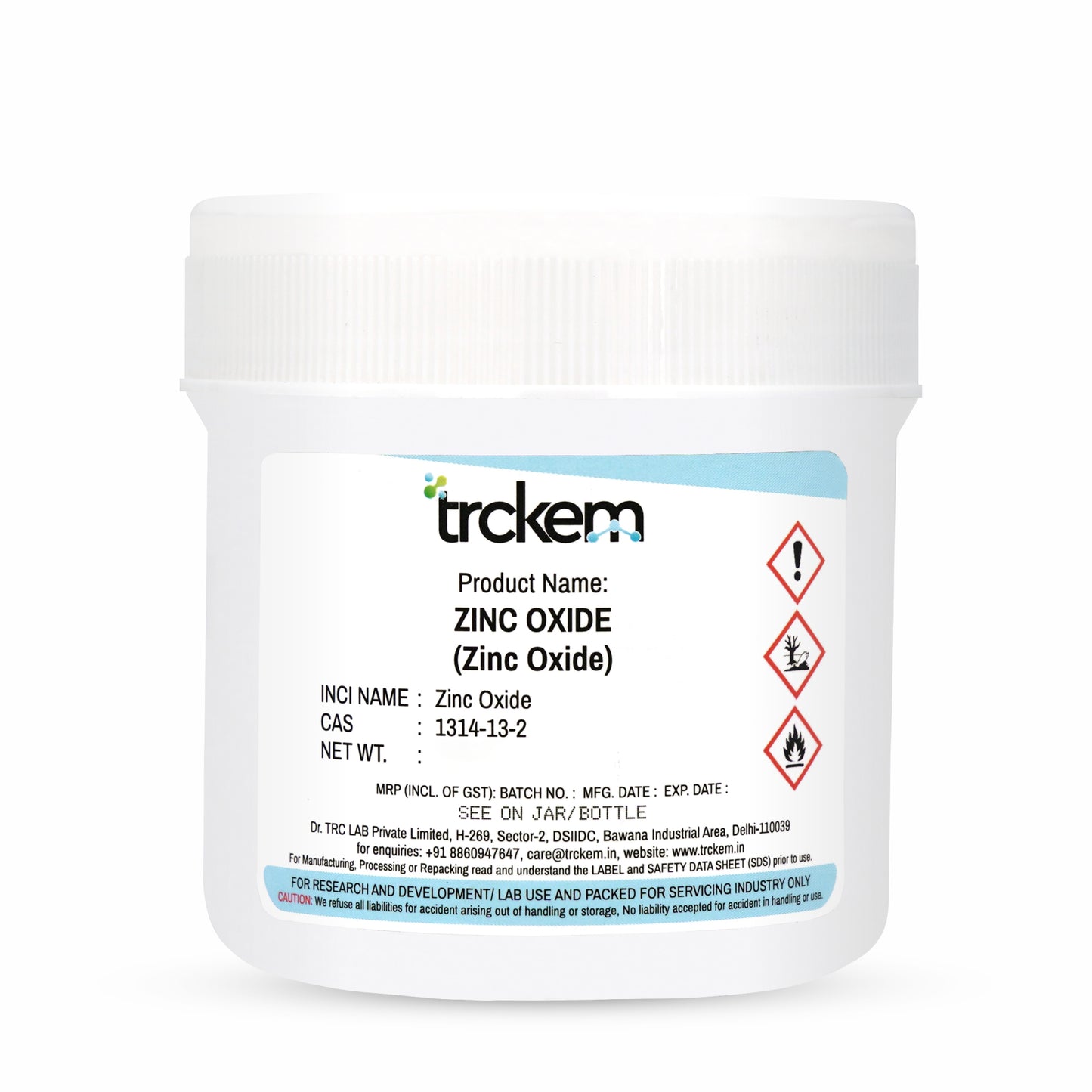
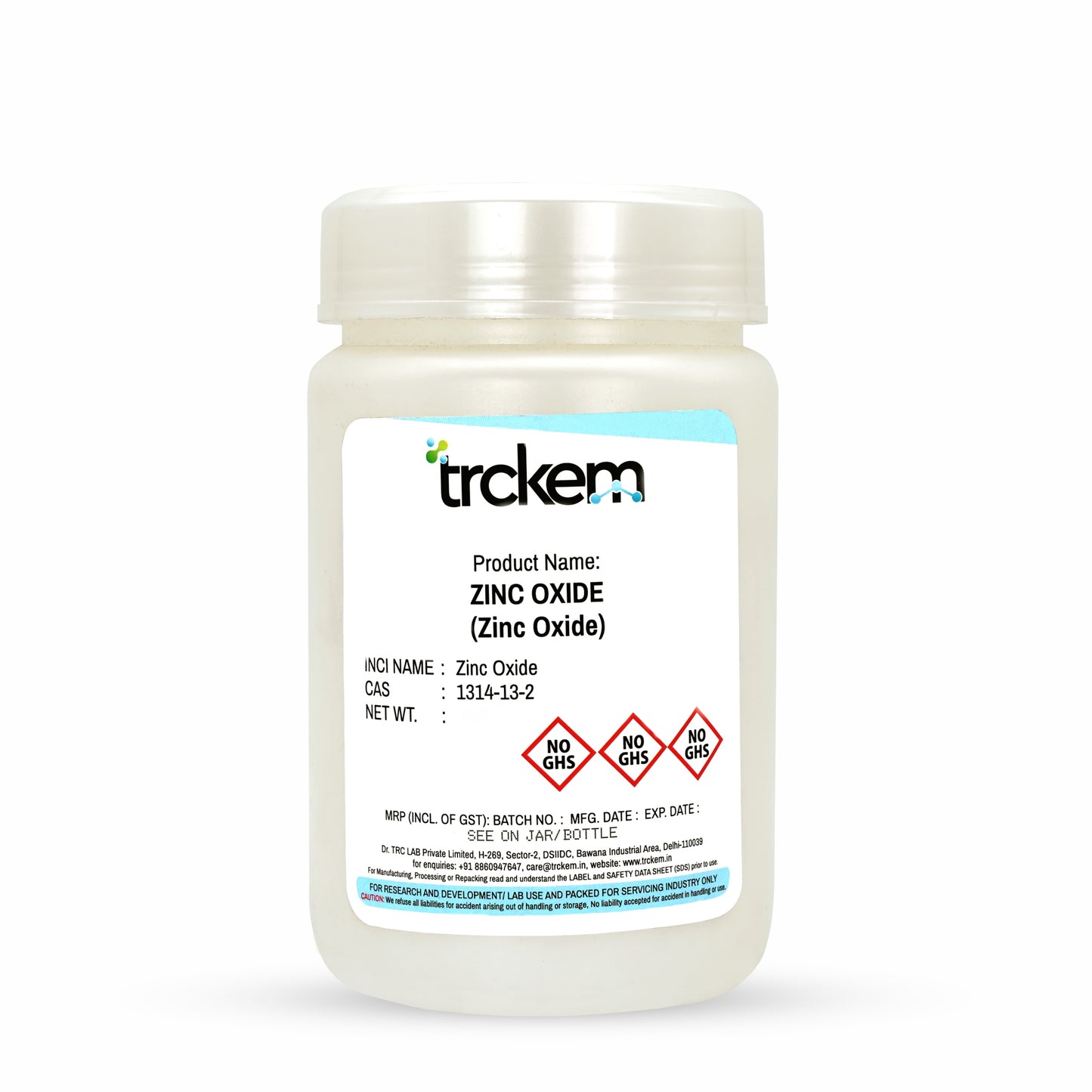
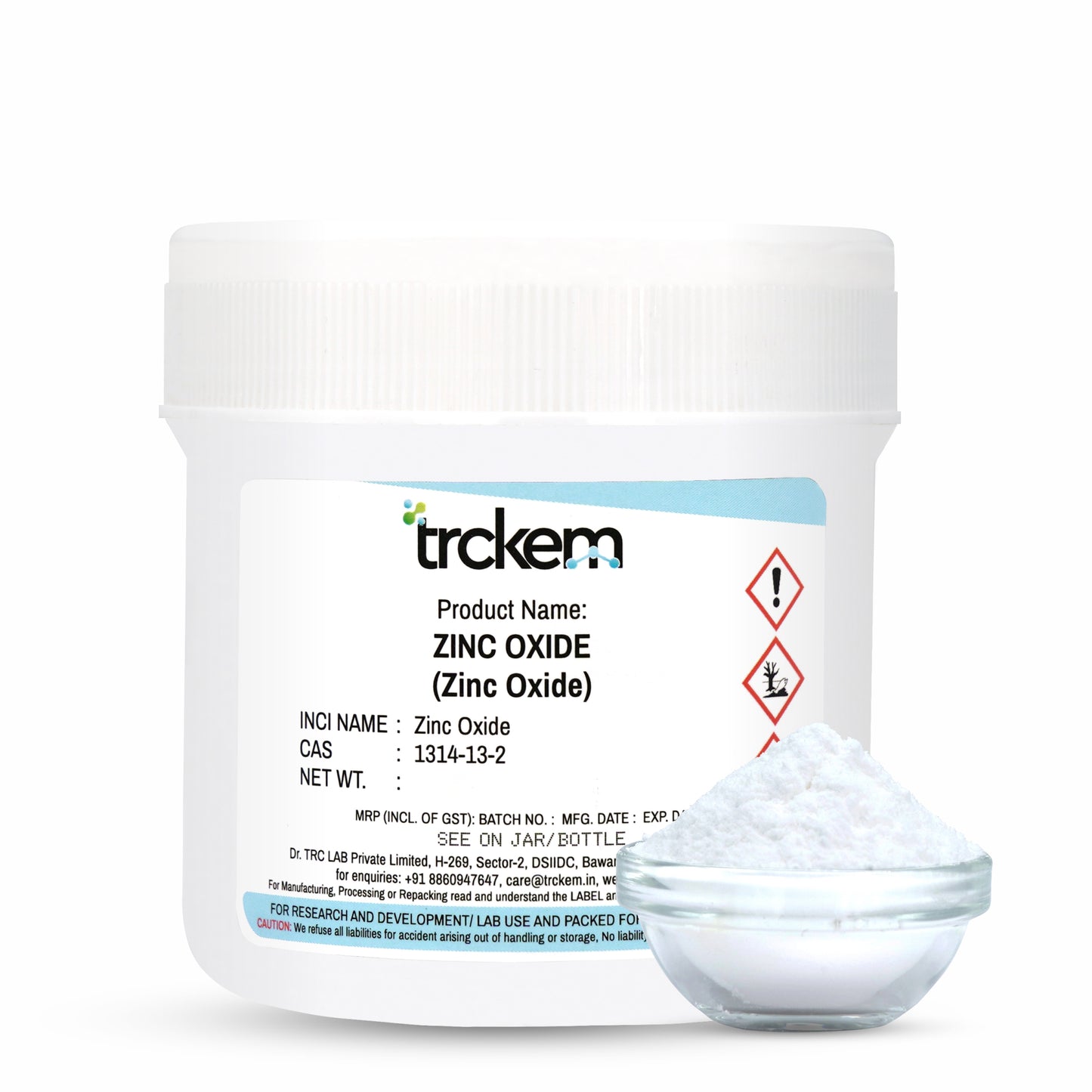
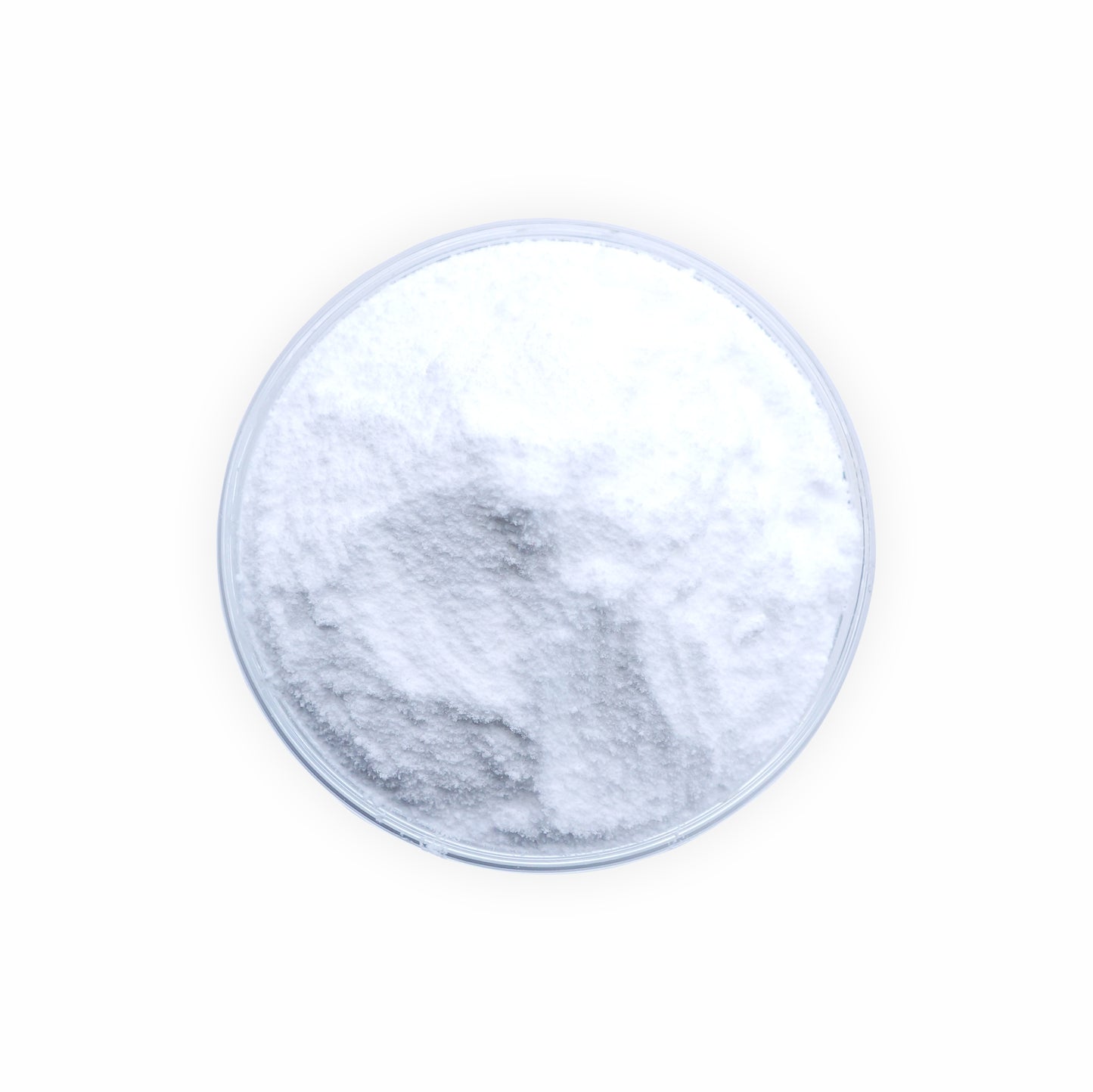
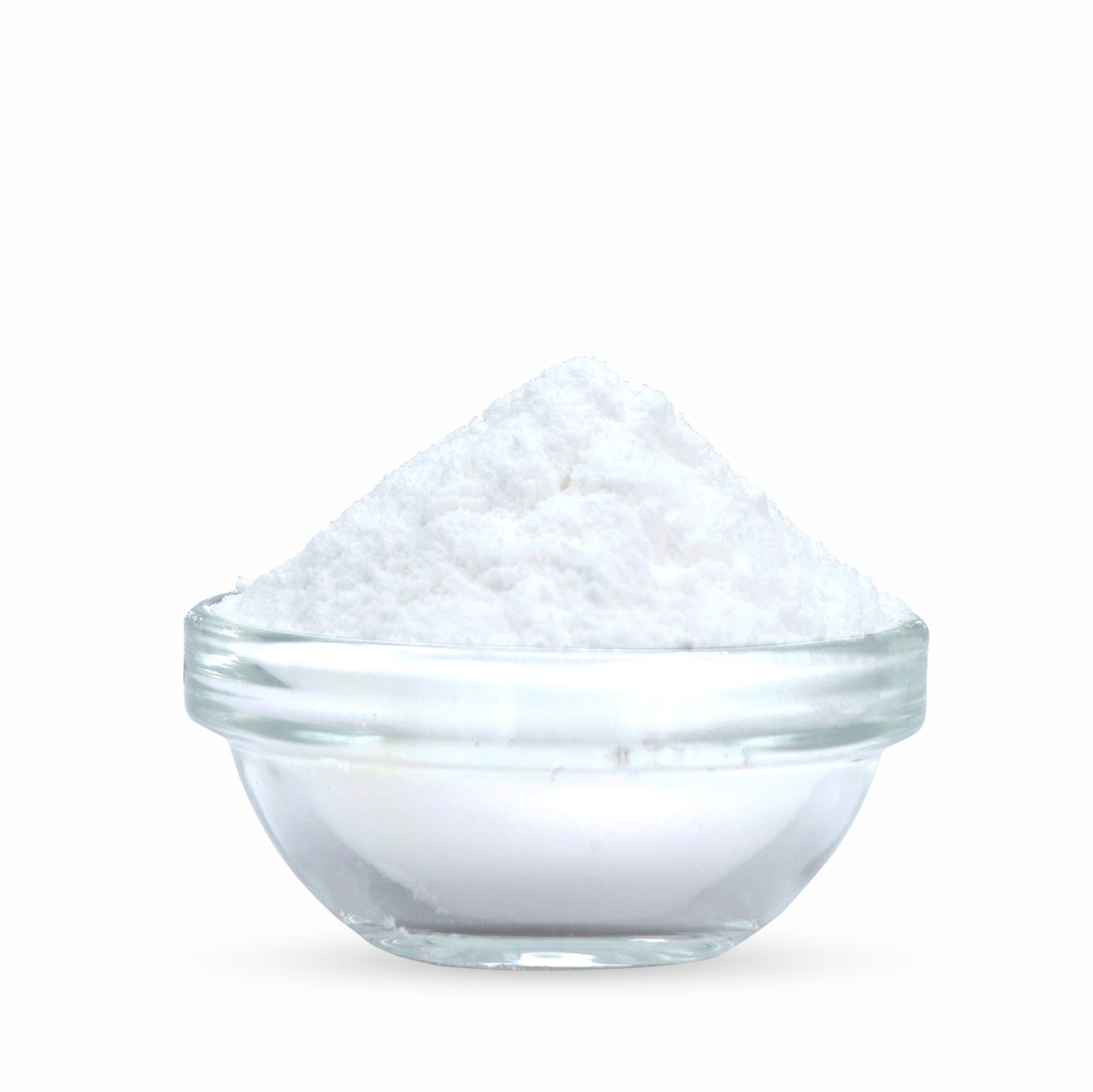
FAQ (FREQUENTLY ASKED QUESTIONS)
1. What is Zinc Oxide?
Zinc Oxide is a naturally occurring mineral widely used in the personal care and cosmetic industry. It acts as a UV filter, skin protectant, and soothing agent, making it a key ingredient in sunscreens, baby care products, and soothing creams.
2. What is the CAS Number and INCI Name of Zinc Oxide?
CAS Number: 1314-13-2
INCI Name: Zinc Oxide
3. Is Zinc Oxide safe for use in personal care products?
Yes, Zinc Oxide is considered safe for topical use in cosmetics and sunscreens. It is approved by regulatory bodies such as the FDA and EU Commission for use as a UV filter. Micronized and non-nano grades are widely available to meet different formulation needs.
4. Can Zinc Oxide cause skin irritation?
Zinc Oxide is generally non-irritating and hypoallergenic, making it suitable for sensitive skin. However, as with all ingredients, a patch test is recommended for individuals with very reactive skin.
5. Is Zinc Oxide environmentally friendly?
Yes, Zinc Oxide is a naturally derived, mineral-based ingredient. Non-nano Zinc Oxide is considered reef-safe, making it a preferred choice in eco-friendly sunscreens.






